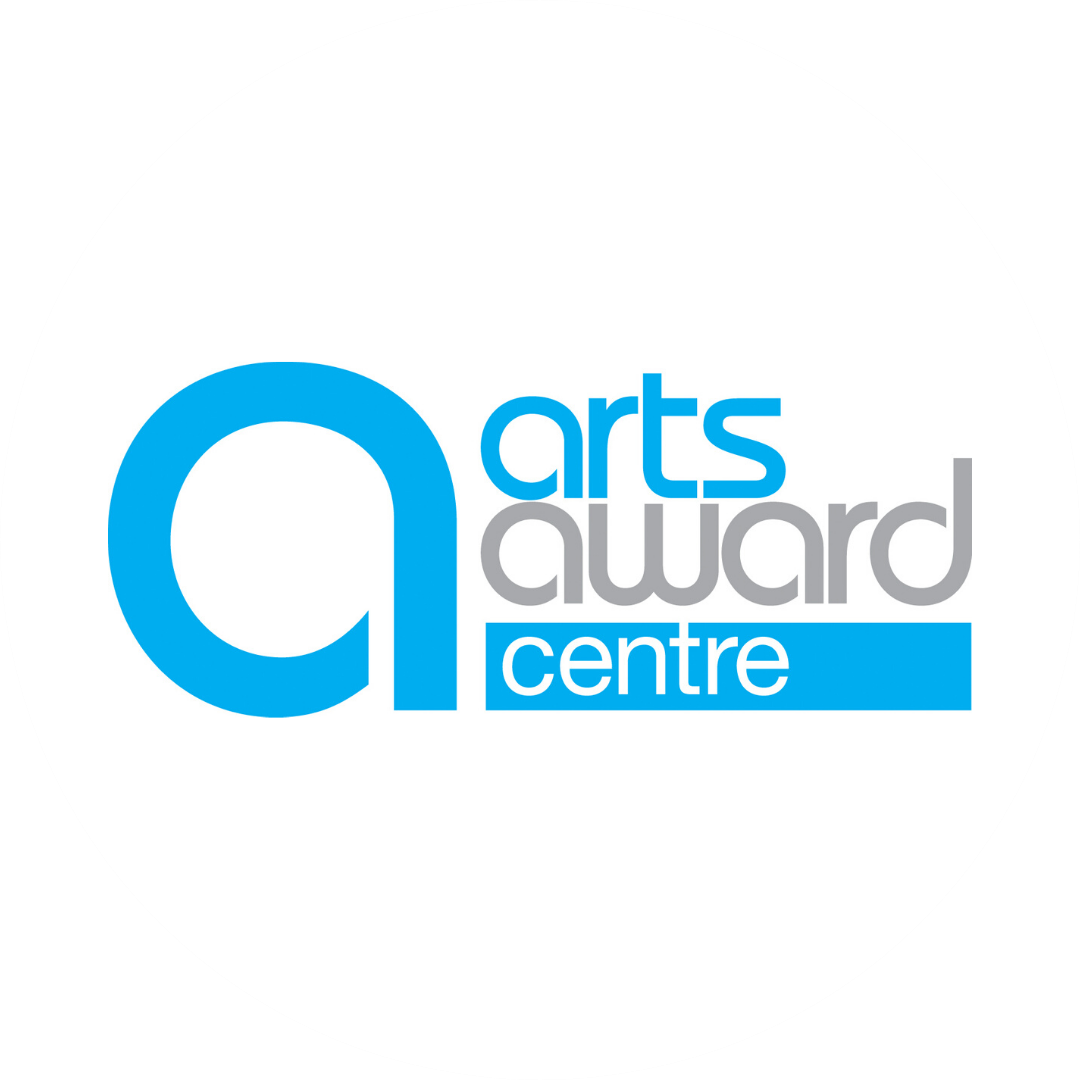
Merseyside Maritime Museum
Albert Dock
Liverpool
L3 4AQ
0151 478 4499
joanne.connor@liverpoolmuseums.org.uk
http://www.liverpoolmuseums.org.uk/maritime/
Accreditations

Who we are
The Merseyside Maritime Museum lies at the heart of Liverpool’s historic Albert Dock in a converted warehouse built over 160 years ago. This atmospheric location, situated directly by the River Mersey, really gives students a flavour of the rich seafaring past of the city. Having been such an important port for hundreds of years, many significant events are represented in the Maritime Museum’s permanent exhibitions; The Titanic, Battle of the Atlantic, emigration in the Victorian era and the life and hardships of seafarers past and present. There is also the Piermaster’s House on the same site which uses real objects from the collections to recreate a family home during World War Two. There is much on offer for schools at the Maritime Museum reaching across Key Stages and abilities, with the emphasis being upon having fun while you learn! Key themes and curriculum links include; World War Two, the sinking of the Titanic, movement of peoples around the world (linked to the Victorians), maritime history and comparing technologies past and present (for Key Stage 1). There is a strong tradition of using drama and role-play elements within the taught programme of sessions – be it watching a performance and discussing the themes raised within it or encouraging students to participate in these activities themselves. This reinforces the messages and themes contained within the sessions by putting the students right at the heart of the action! Add to this the historic and atmospheric surroundings, along with the use of the Emigration gallery to recreate historic moments in time (9 million people emigrated from Liverpool from 1830 to 1930) and you have a unique and unforgettable way of learning. The education team has a rich and varied selection of handling objects within their collections that enable pupils to get hands-on with things that they may see in a museum but never before have been able to touch. This sensory approach brings alive the stories the objects tell. Handling collections are used for instance in sessions about maritime history, World War 2, the Titanic and Vikings. The education team prides itself on ensuring all students of every background, ability and age are welcomed and made to feel involved in all aspects of their learning experience
